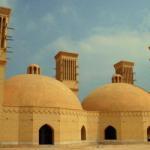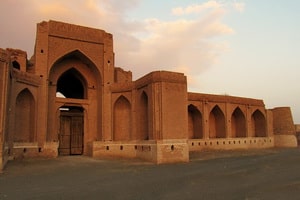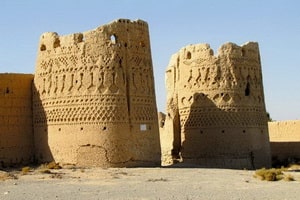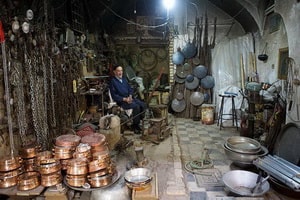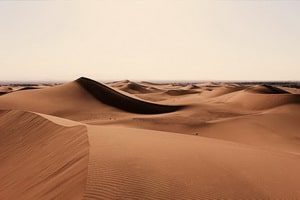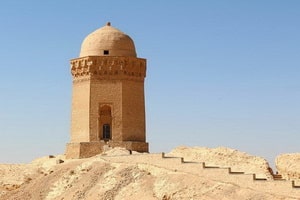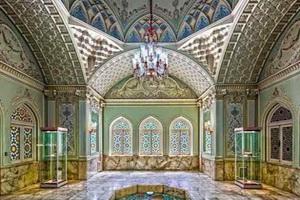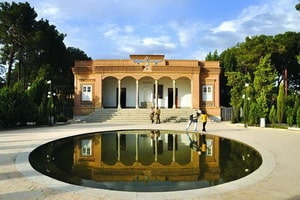
Geographic context
The Yazd region is located in the central part of the Iranian plateau and on the edge of the Lut desert. The capital of the fourth largest region of Iran is the city of Yazd and the other main inhabited centers are: Abar Kuh, Bafq, Taft, Mehriz, Meibod and Ardakan.
Climate
Due to the geographical context of the central part of the Iranian plateau, the entire Yazd region has a desert, hot and dry climate. This region is one of the driest in the country.
History and Culture
The Yazd region is one of the most ancient territories of Iran and the historical works scattered in this area, each in its own way, tell the past of the Iranian land. The history of human settlements in this region dates back over three thousand years before Christ. In the age of the transmigration of those peoples who moved from the areas of today's city of Balkh in Afghanistan to the Iranian plateau, some groups of their precursors came to this territory, they called it 'Yazdan' and from that time on 'Yazd 'became a place dedicated to worship. During the eras of the Achaemenids and the Sassanids, the area of Yazd was of considerable sociological and economic importance; furthermore, from those dynasties particular attention was paid to the prosperity and to the living conditions of this region. After the Muslim conquest, the territory of Yazd took the title of 'Dar-ol-Ebade' ('the country of devotion'). According to historical texts and the urban context it appears that for the ancient Zoroastrians of the place, and those of other areas, the city of Yazd has had a fundamental importance and was considered as a sanctuary and a holy city. The existing works demonstrate the vastness and prosperity of this city during a period that begins with the government of the emir deylamites and arrives at the Safavid era. Also from a cultural point of view, the Yazd region is very interesting and the peculiarities of the Zoroastrian heritage of knowledge possess a shining historical past.
Souvenirs and handicrafts
The handicraft artifacts and souvenirs typical of this region are: dressed in kashmiri fabrics, fabrics embroidered with golden threads, light fabrics, traditional blankets and sheets, rugs, zilu, earthenware and ceramics, enamelled majolica, traditional embroidered slippers and traditional sweets of Yazd.
Local cuisine
A type of soup called Sholi is a local specialty that is very popular among the inhabitants of Yazd. Other typical dishes from the Yazd region include the following: various types of soups (Ash-e Yazdi, Ash-e Mash, Ash-e Serke-Shire, Ash-e Abghure, Ash-e Tambr-e Hendi, Ash -and Gandom, Ash-e Ju, Shekambe), Abgusht-e Torsh, various types of Kufte (Kufte-ye Nokhod, Kufte-ye Berenj, Kufte-ye Lappe), various types of dishes with vegetables (Khoresh-e Beh Alu, Khoresh-e Fesenjan-e Yazdi, Khoresh-e Bamiye-o Badenjan), Bunash, Shefte, Sholi Sholgham, Labu-ye Sholgham, Qaliye Kadu.

